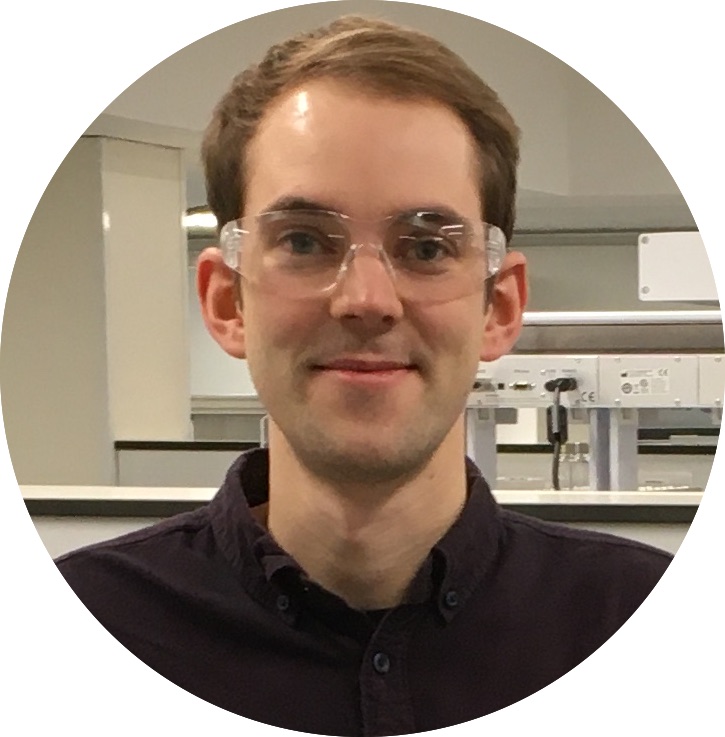University of Oxford, Chemistry Teaching Laboratories
Q: What is the focus of your lab’s research?
A: We run a large and very busy Teaching Laboratory, teaching practical skills to almost 600 undergraduates on the MChem degree course at Oxford University.
Q: What are your previous workflow and experiences challenges?
A: In many universities, undergraduate access to mass spectrometry is limited to the occasional use of a service machine, whose primary role is to support the research groups in the department. Undergraduates might be provided with data from such a service but rarely are able to collect this data themselves.
Q: Why did you incorporate the expression® CMS?
A: The expression® CMS is a fantastic instrument for undergraduate teaching. We have two machines – one set up for TLC/MS and the other with an ASAP® probe. Undergraduates, right from the first year, experience how easy it is to gather high quality, mass spectrometry data. With limited training, students are able to use the spectrometers themselves, with minimal risk of instrument damage. Collecting MS data is now as routine as getting an IR spectrum and the fast throughput of samples allows many students a day to collect data.
Q: Who would you recommend to purchase the expression® CMS?
A: We would recommend any undergraduate teaching lab to consider the purchase of the expression® CMS system. We have had our machines for 3-4 years now, and the reliability has been very good indeed. The quality of the data obtained sets our students up to use mass spectrometry in their future research careers.
Q: Do you have any publications or presentations using the expression® CMS?
A: Poster presentation: The Use of Mass Spectrometry in an Integrated Undergraduate Practical Course. Presented at the chemistry and physics education conference, ViCEPhEC, in 2019.
We are currently working on a paper with Professor Claire Vallance on the use of machine learning to classify food stuffs (fruit, tea, whisky, etc.) by mass spectrometry as an undergraduate project. We intend to publish this work in the Journal of Chemical Education in the coming months.

